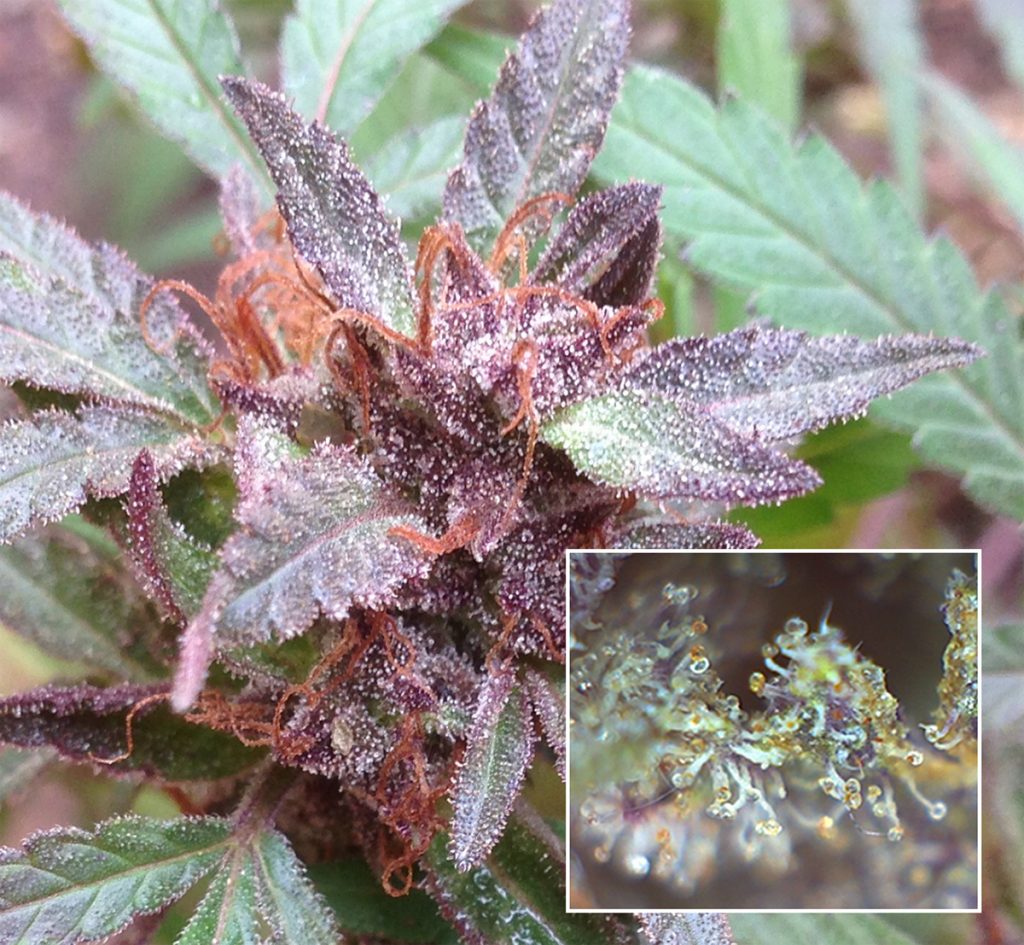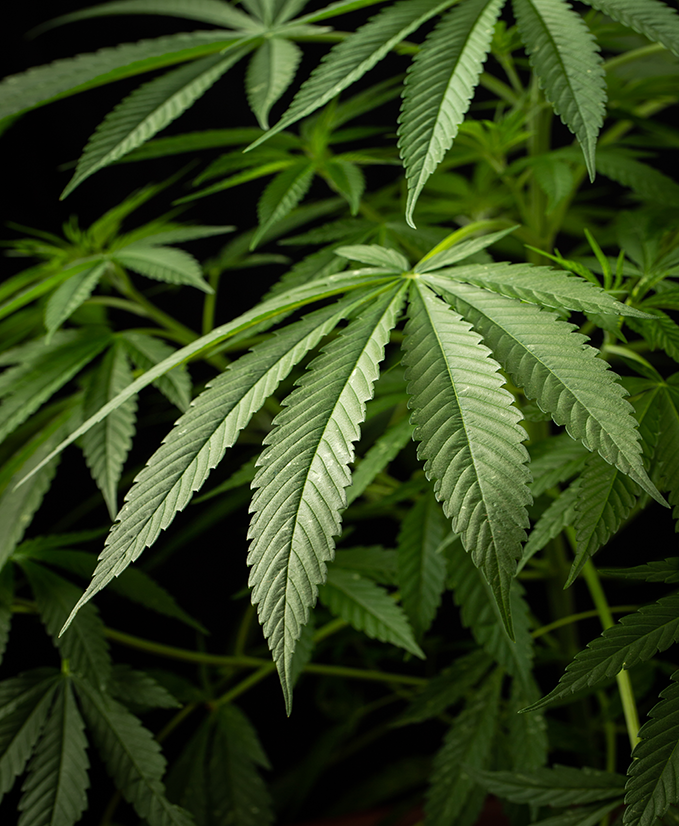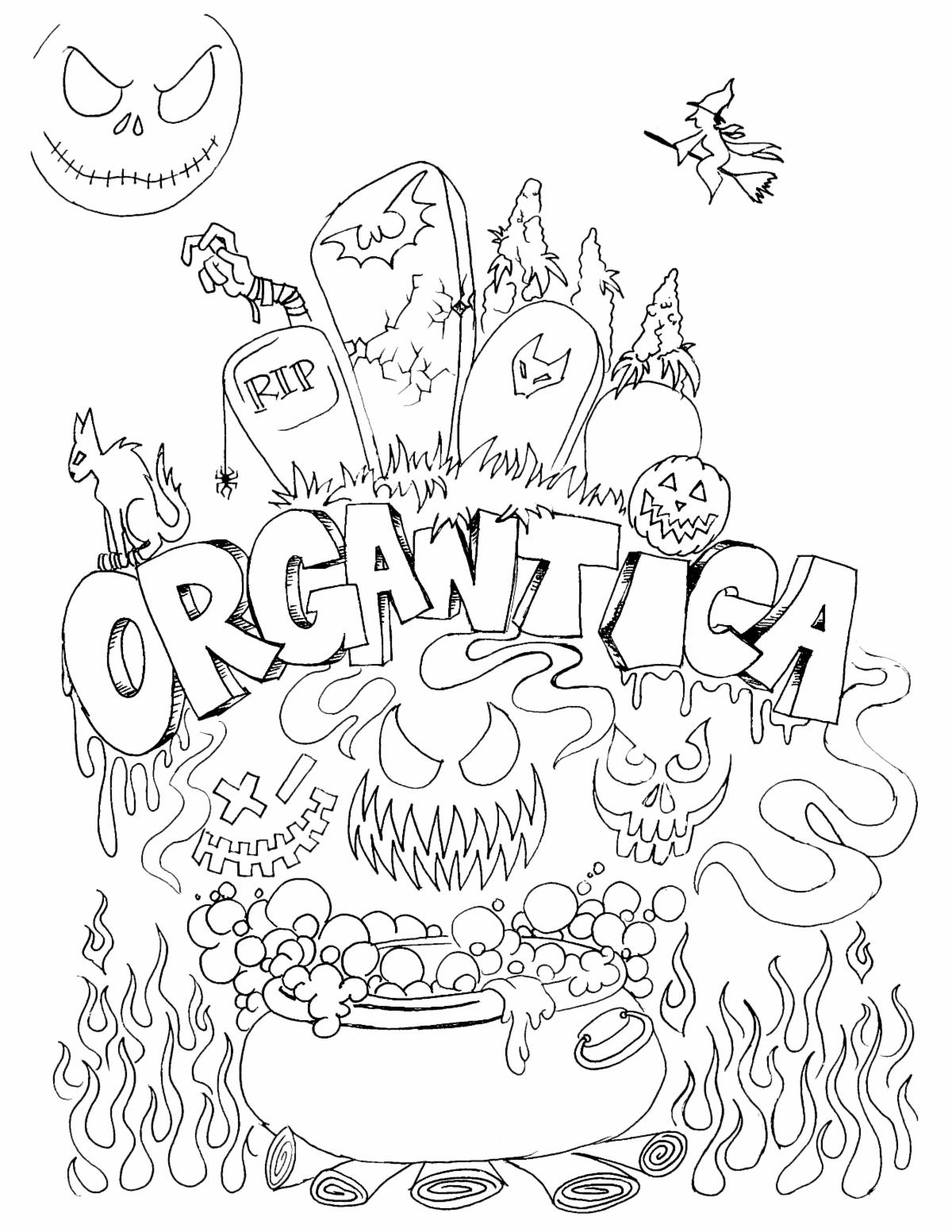The Importance of Cannabis Terpenes
You can’t judge a cannabis strain’s effectiveness by its classification or cannabinoid percentages. When you’re trying to help a patient find their most effective strain, it’s disheartening to hear them say “I need indica only!” or “I can’t do sativa!” It’s not the patient’s fault that they have been led to think this way. Some bud tender with very little real knowledge of cannabis gave them some really crappy information. This is a sad state of affairs.
With whole plant medicines, ALL of the constituents of any given plant are important to consider when it come to effects and healing properties. Where the plant grows and how it’s grown will also make a big difference in the outcome as far as its healing properties go. Cannabis patients should understand that there are many constituents in the cannabis plant that are very important to the desired result because, it’s not really just about the cannabinoid content.
Despite the fact that terpenes are the “newest thing” in the world of cannabis, and are accepted to be responsible for the flavors and aromas that give distinction to the various strains, terpenes are responsible for so much more. The cannabis world is finally learning the true value and health benefits of terpenes, but the truth is this; terpenes have been studied for a very long time, and their properties are fairly well known and documented in the world of Aromatherapy. For example, it has been known for hundreds of years that the essential oil of lavender will calm and relax. The terpene in lavender that is responsible for relaxation and sedation is linalool, and it is also present in many strains of cannabis in varying degrees depending on the plant’s genetics. It doesn’t matter if the plant is classified as an indica, sativa or hybrid, because if this terpene is present in a decent amount, it will relax you.

Cannabis flower with trichomes. Trichomes are the plant’s defense mechanism and also where the cannabinoids and terpenes are contained. (Inset – magnification of trichomes. The amber trichomes are mature.)
Even though certain terpenes may be found more commonly in an indica plant, or a sativa, this doesn’t mean that this is a steadfast rule. And it doesn’t mean all indicas or sativas will give results that are thought to be specific to their classification. Not by a longshot. In fact, there is no clear distinction in effects and no set rule on how a plant will turn out based on a classification. The cannabis strains on the market have been thrown into indica or sativa classifications based on what the majority of people feel as far as effects. Everything else is being called a hybrid, which more correct, but the label “hybrid” is very misunderstood as well, because people have been led to believe that “hybrid” means something in the middle. That isn’t so. Some hybrids can have effects that are more indica-like, or sativa-like than the illusive, full blown indicas or sativas. This is faulty thinking. Regardless of how a cannabis plant is classified on the market, nearly all of the strains are hybrids because of decades of crossbreeding.
An example is a sativa strain named Arise. Arise has a terpene profile that is very different than most strains that are classified as sativa dominant. It has a high percentage of two terpenes that will relax and sedate you, Myrcene and Linalool. While the initial affect of Arise will be stimulating and uplifting because of the terpenes pinene and limonene, the relaxation and sedation comes right behind the uplift. Not a typical sativa result. Testing for terpene content in cannabis is required in some states, but that isn’t the norm and it isn’t a requirement in New Mexico, yet. Some dispensaries in our state do test for terpenes and this is essential information that every patient should have.
Terpene test results are where patients should start. Patients should ask dispensaries if they have terpene test results. If not, they will have to use their nose. Patients must be critical in their assessments and write it down or keep a journal. Many different aromas may be detected and it’s important to learn and remember the scent of what doesn’t work as well as what does. Patients need to know what scent is associated with the strains that may give them unwanted effects, like agitation, stress, sleepiness or headaches. We all react differently to different strains. One patient’s remedy may be another patient’s curse.

β-Caryophyllene has a spicy scent like black pepper or clove buds.
Effects: Anti-Inflammatory, Anti-Bacterial, Anti-Fungal, Anti Cancer, Anti-Septic
Humulene smells earthy-green like hops or hoppy beer. (No mistake here. Hops is full of Humulene and is the closest cousin to cannabis in the plant world).
Effects: Appetite Suppressant, Anti-Inflammatory, Anti-Cancer, Anti-Bacterial
Limonene will smell citrusey, like lemon, lime or orange.
Effects: Anti-Anxiety, Anti-Depressant, Treats Acid Reflux
Linalool will smell floral and sweet. Think lavender, which is loaded with Linalool.
Effects: Anti-Anxiety, Anti-Bacterial, Anti-Convulsive, Anti-Depressant, Anti-Insomnia
Nerolidol will also have a citrus aroma, with an added woody scent.
Effects: Anti-Fungal, Anti-Insomnia, Sedative
α-Pinene and β-Pinene will smell earthy like pine needles or rosemary.
Effects: Anti-Inflammatory, Anti-Bacterial, Anti Fungal, Bronchodilator, Aids Memory
Myrcene will smell fruity and sweet, with a distinct back scent of wet earth, like when it just starts to rain or you just turned the dirt in your garden. You may also notice musky/fruity notes like berries, apple and grape.
Effects: Sedative, Muscle Relaxant, Sleep Aid
Terpinolene will have a similar scent to Linalool with an added fruity scent like apple or pear.
Effects: Anti-Bacterial, Anti-Fungal, Anti-Insomnia, Anti-Septic
Borneol has a scent of camphor, a scent you can often feel in your throat or sinuses, and Cineole is very similar, as are Camphene, Citronellol and Eucalyptol. They all have produce a medicine-like aroma and feeling in your nose and throat.
Effects: Analgesic, Anti-Bacterial, Anti-Septic, Anti-Insomnia, Bronchodilator, Expectorant, Anti-Viral, Anti-Fungal
Some scents that are typical in certain cannabis strains are skunk-like, or may smell like diesel fuel or gasoline. These are not specific terpenes, but are a result of combinations of terpenes found in the same plant. Lots of pine and lemon together may smell a bit like chemicals. Hops mixed with pine may smell a bit of skunk, like bad beer. The combinations are vast. Until you can get terpene profiles from tests, all you can do is trust your nose.
Terpene Lessons to Learn?
Don’t judge a cannabis strain by its classification or THC percentages. Trust your nose, or better yet, trust a terpene test and go with a strain that you recognize as being something that has worked for you in the past. This is more important than it’s ever been with more and more new strains showing up on the market every day as cannabis breeders get more and more creative in search of their “perfect strain”. Another thing to keep in mind is that the new cannabis catch words “entourage effect” applies to terpenes as well as cannabinoids. In fact – aromatherapy is where these catch words came from. Terpenes work together.




